Search Images
Browse Content (p. 1494)
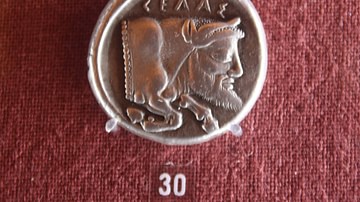
Image
Man-headed Bull, Gela
A silver coin depicting a man-headed bull from Gela, Sicily. 5th century BCE (Numismatics Museum, Athens)
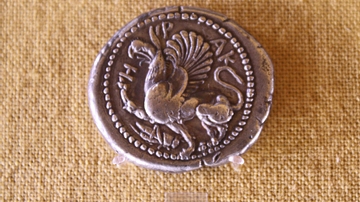
Image
Griffin, Silver Abdera Coin
A silver coin from Abdera, Greece depicting a griffin. This creature from Greek mythology was a mix of a lion and eagle. (Numismatics Museum, Athens)
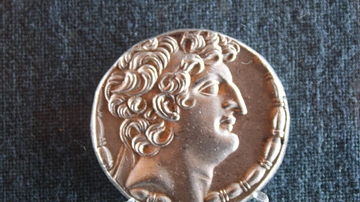
Image
Antiochus VIII Grypos
A silver tetradrachm depicting Antiochus VII Grypos, ruler of the Greek Seleucid Kingdom in 125 BCE. (Numismatics Museum, Athens)

Image
Detail of the Coffin of Llady Diefiawet
The surfaces of the coffin of Diefiawet were covered with painted scenes and hieroglyphic texts to assist and protect her passage into the afterlife. Isis and Nephthys, the sisters of Osiris, protect the head and the foot of the mummy, and...
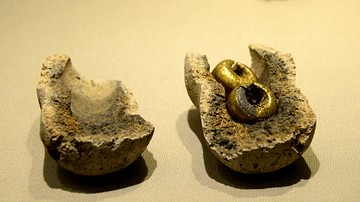
Image
Gold Foil-Covered Lead Bulla from Ancient Ireland
Two small gold foil-covered lead bullae (amulet or pendant), found inside a ceramic vessel, from Annaghbeg or Monasterredan, Co. Sligo, Ireland, c. 800-700 BCE.
National Museum of Ireland-Archaeology, Dublin.
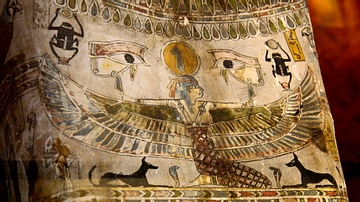
Image
Lady Diefiawet Sarcophagus
The surfaces of the coffin of Diefiawet were covered with painted scenes and hieroglyphic texts to assist and protect her passage into the afterlife. Isis and Nephthys, the sisters of Osiris, protect the head and the foot of the mummy, and...
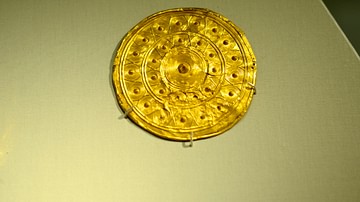
Image
Gold Disc from Ancient Ireland
Gold disc, most likely a terminal of a collar or part of an earspool, from Co. Armagh, Ireland, 800-700 BCE.
National Museum of Ireland-Archaeology, Dublin.
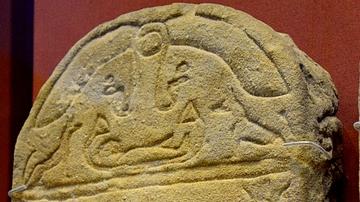
Image
Stela Showing a Deceased Conducted to Osiris
This stela shows that the deceased mummy is being conducted to Osiris by Anubis and Hathor. The inscription below the scene is in Demotic script. From Egypt, precise provenance of excavation is unknown. Ptolemaic period, 305-30 BCE. (National...
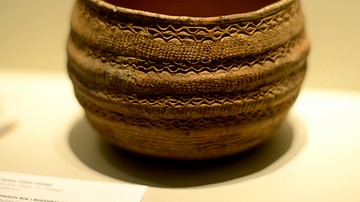
Image
Food Bowl from Ancient Ireland
Bowl found in Bohullion Upper, Co. Donegal, Ireland, c. 1800 BCE.
National Museum of Ireland-Archaeology, Dublin.
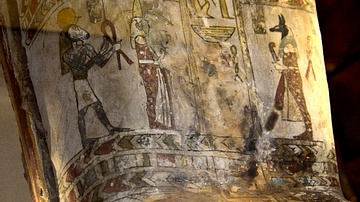
Image
Detail of the Coffin of Lady Diefiawet
The surfaces of the coffin of Diefiawet were covered with painted scenes and hieroglyphic texts to assist and protect her passage into the afterlife. Isis and Nephthys, the sisters of Osiris, protect the head and the foot of the mummy, and...